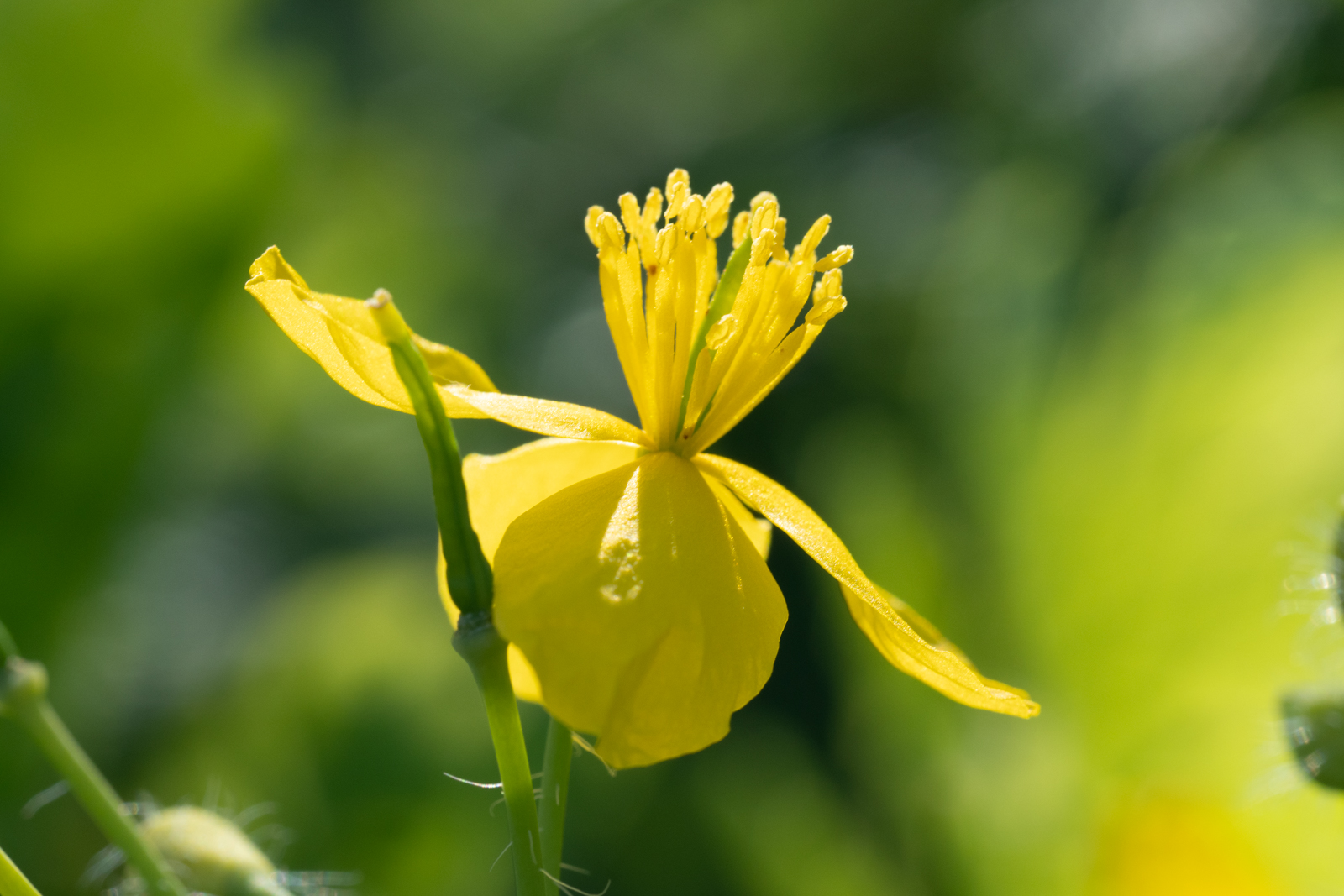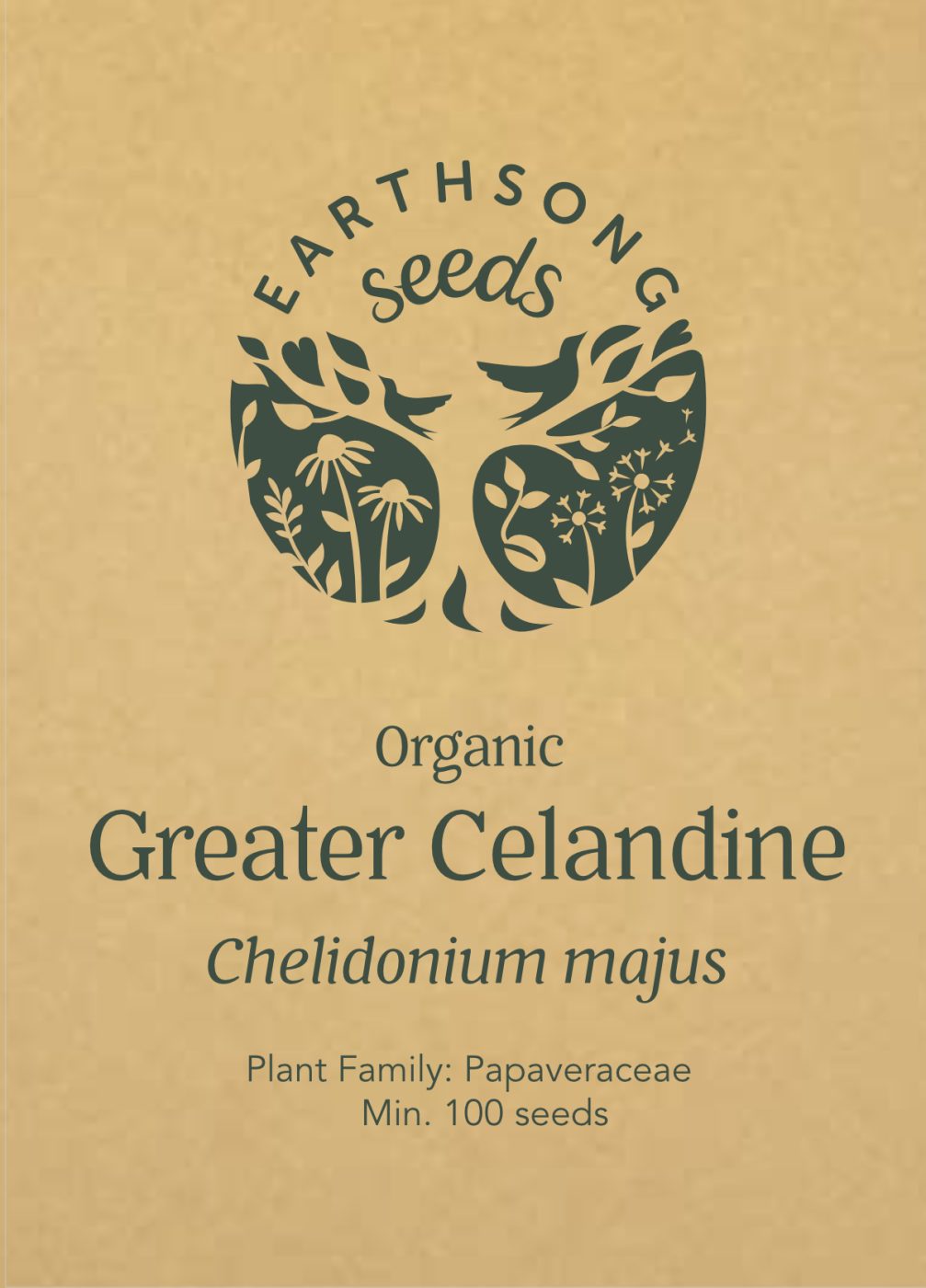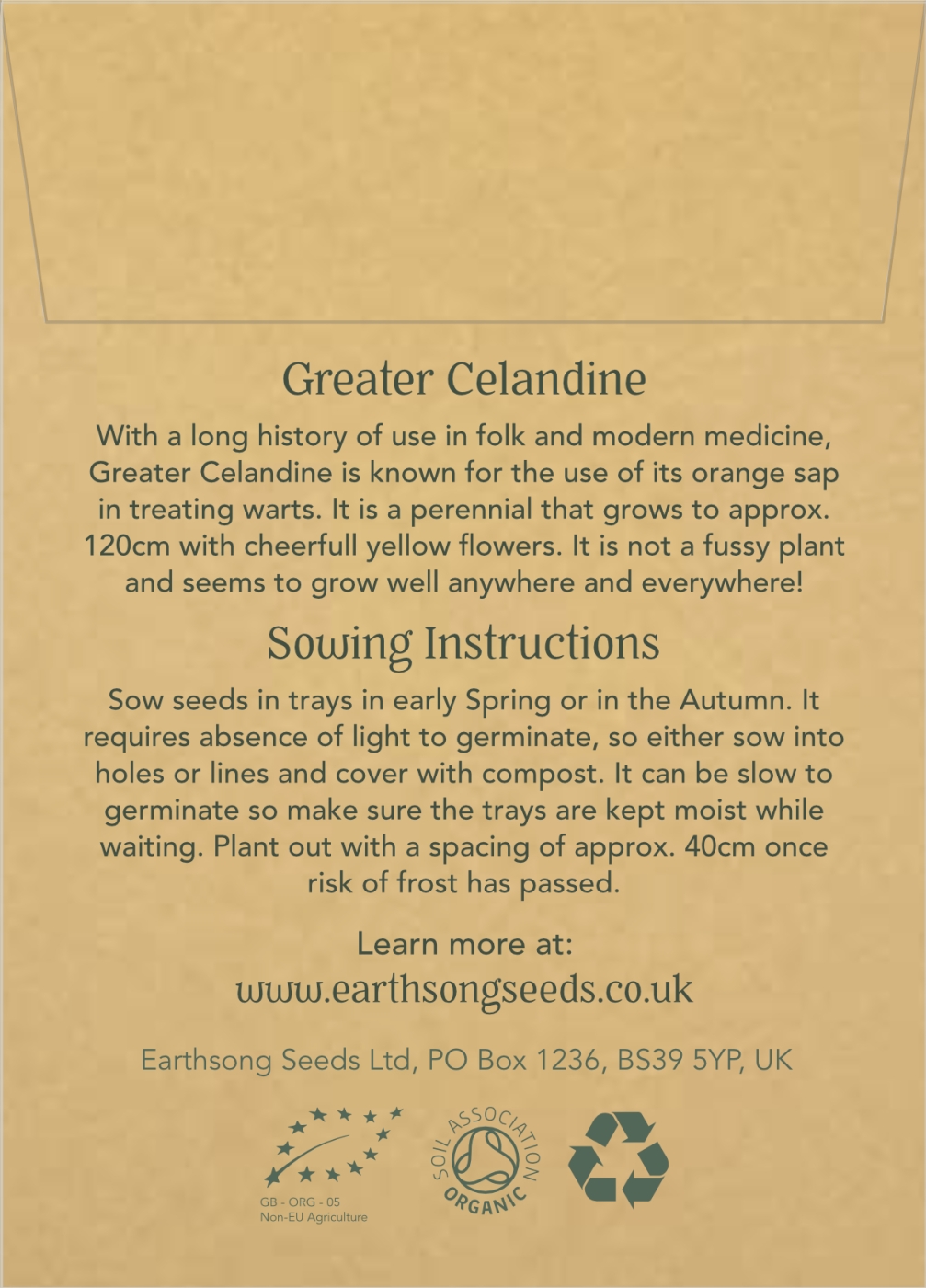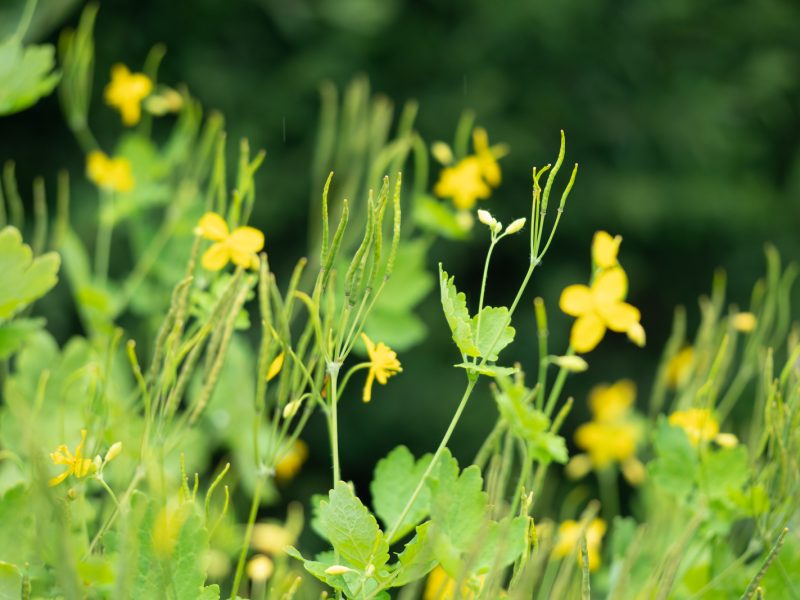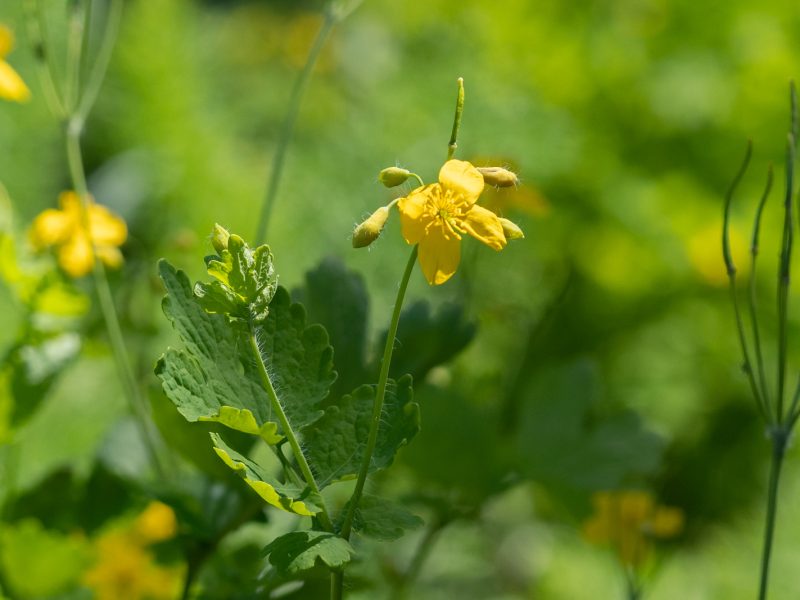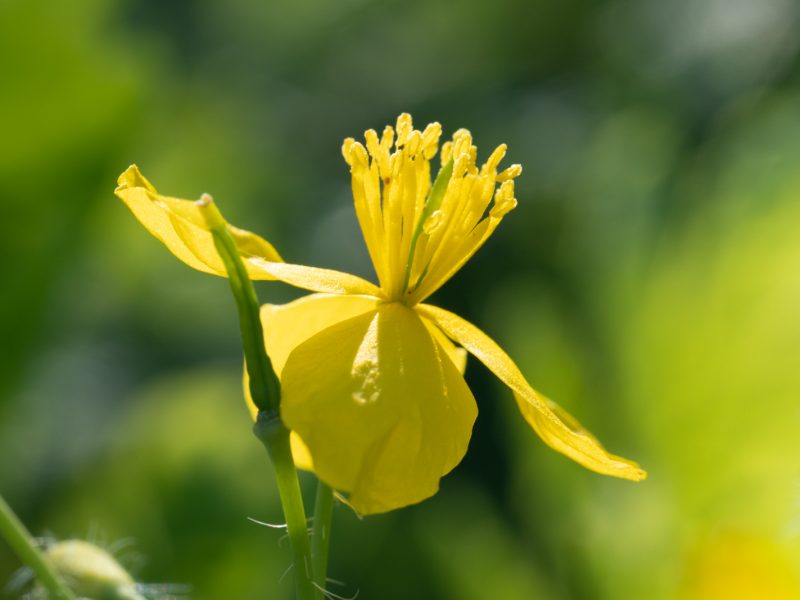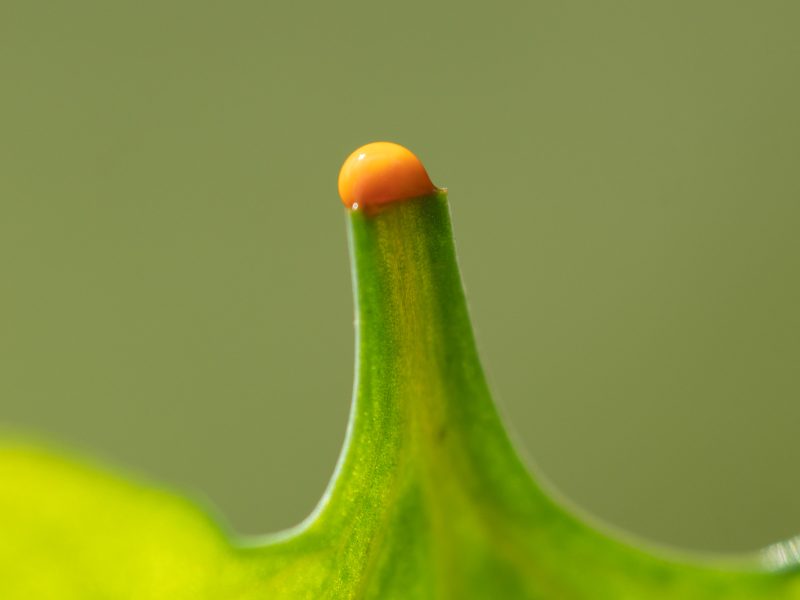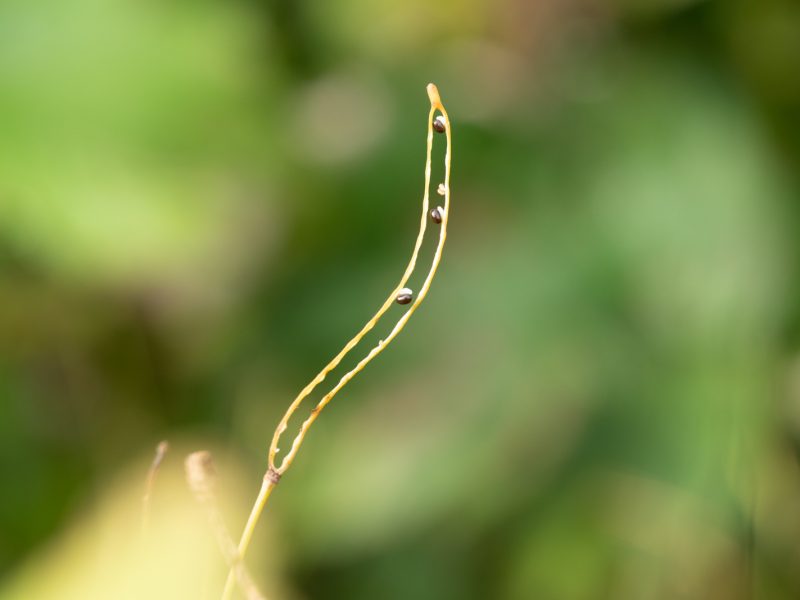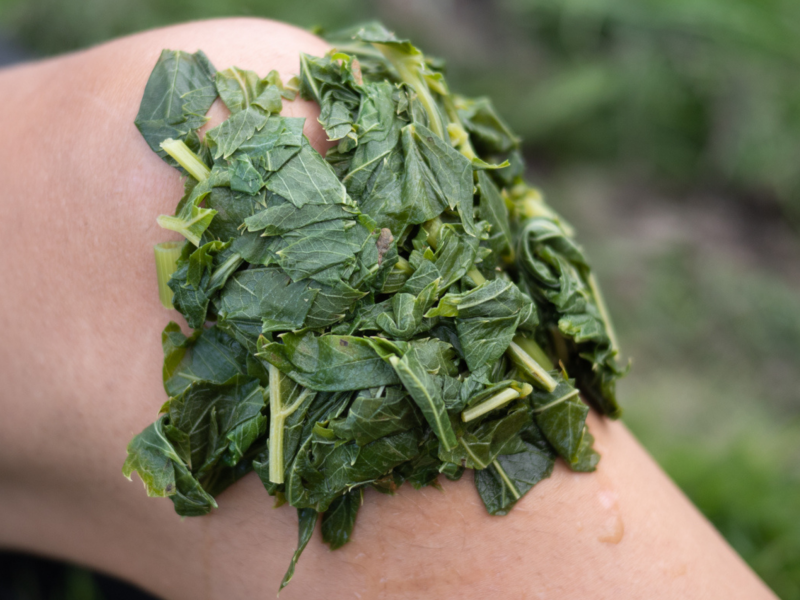It has a long history of topical use as a wart medicine, the stem of the plant being broken and the latex applied directly to the wart. The latex was also used for a number of other skin conditions such as ringworm, eczema and ulceration.
The juice was squeezed into ‘green’ (infected) wounds and in Russia a watery extract was blended with lard and used as a topical application for psoriasis.
One of the best known uses for greater celandine was as a remedy for jaundice and liver diseases, in particular spasm in the gall bladder or bile ducts.
One of the first recorded uses of greater celandine was in eye diseases, used to clear cloudiness from the eyes and for soreness. Fresh juice was used mixed with milk, vinegar or rosewater to quell the irritation that could occur with the pure juice.
It is important to state that the plant is not generally used in this way in modern times and certainly should not be tried as an alternative to seeking professional specialist help for eye problems.
Traditionally it has been used in a number of European countries for cancer and continues to be used for such in Russia and Ukraine.
Uses in Traditional Chinese Medicine include chronic bronchitis and whooping cough, digestive pain and stomach ulcers.
Safety
In the UK Greater celandine falls under the legislation for Human Use Regulations 2012 within the schedule 20 part 2 herbs. This means that it is a practitioner-only medicine and has maximum weekly and single doses.
Contraindicated in pregnancy and breastfeeding and in those with pre-existing liver disease.
Greater celandine is not recommended to be taken alongside the heavy use of alcohol.
It is a poison, albeit of lower toxicity compared to many other Schedule 20 practitioner-only medicinal herbs, so extreme caution is required when prescribing.
Long term use of this herb is not recommended due to the high levels of alkaloids. It is purgative in high doses. If the latex is used externally on a wart or verruca it is important to avoid getting it on the surrounding healthy skin.
There have been a number of reported cases of hepatotoxicity with ingestion of Greater celandine, which underlines the requirement to seek the advice of an experience practitioner.
Dosage
Maximum 2g per single dose. Maximum 6g per day dried or as infusion.
6-12g per day dried aerial parts or by infusion
6-12ml per day of a 1:10 strength tincture.
Note: The higher doses in the range are only recommended short-term for acute presentations.
Because it contains powerful alkaloids its internal use is for Herbal Practitioners only.

